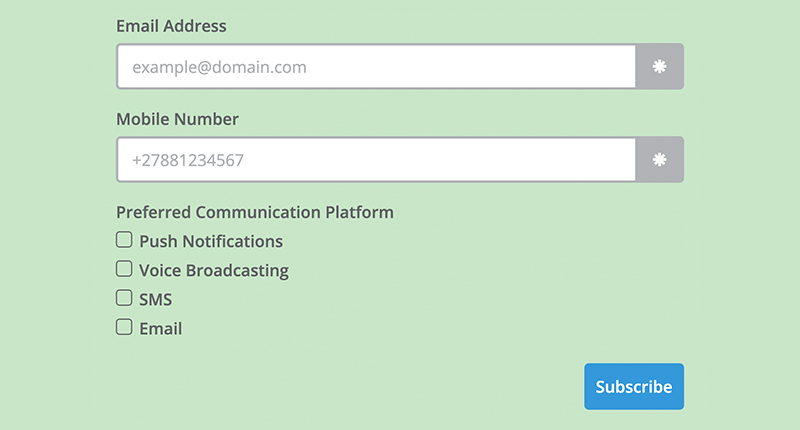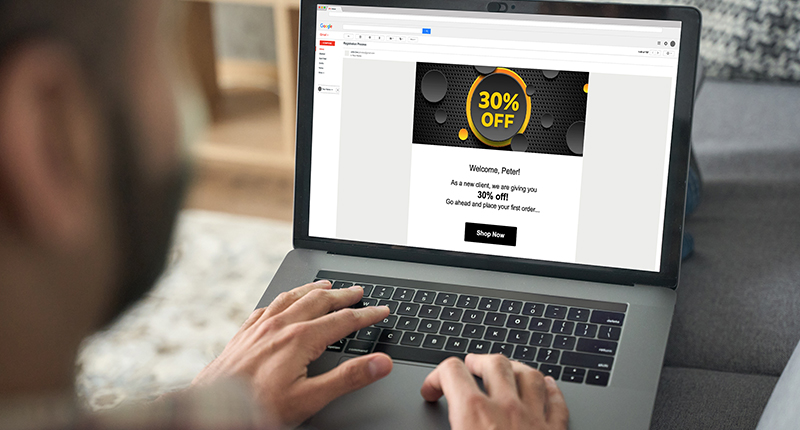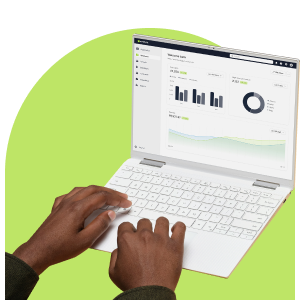Message personalisation has become indispensable to marketers because it prompts recipients to really engage with their emails. But what is it? On the surface it seems to be all about adding people’s names in strategic spots – but it’s far more than that. In this overview, we’ll discuss core concepts of message personalisation, explore powerful personalisation techniques, and lay out a roadmap for effective email personalisation in the long run.
What is Message Personalisation?
Message personalisation relates to the tools and tactics you can use to make your messages more personal to the reader with the goal of prompting engagement and nurturing long-term relationships. The principles and techniques behind it are straightforward, especially when you have the right tools to your disposal.
Why Does Personalisation Matter?
Dale Carnegie famously wrote in his How to Win Friends and Influence People: “Remember that a person’s name is to that person the sweetest and most important sound in any language.”
This rings true for message personalisation, where a person’s name, personal information, and interests act as extensions of the individual. Weaving these data types into your emails (whether manually or automatically) makes your messaging immediately more relevant to the reader.
When done properly, message personalisation makes your contacts feel appreciated, heard, and noticed – helping you to nurture future customers. For marketers the value of personalisation can be more immediate since it also helps you to grab recipients’ attention and can strengthen your calls-to-action if properly implemented.
If you’re really enjoying this topic and can’t wait to get stuck into message personalisation, then download our Step-by-Step Guide to Message Personalisation today.
3 Main Types of Personalisation
You may not realise it yet, but message personalisation spans across at least three levels. At Everlytic, we call digital communicators who make the most of these insights Message Personalisers. These experts regularly use:
1. Entry-Level Personalisation
Most email marketers are familiar with entry-level or basic personalisation, and with good reason. The simple act of adding basic customer data into a message increases the chances that recipients will engage with it. Basic personalisation is often used to:
- Create Personalised Email Properties: This includes subject lines, preview text, and “from” names. These fields can all be personalised when using platforms like Everlytic to send your emails.
- Greet Your Contacts by Their Names: Remember that a person’s name is important to them and bound to elicit a response when used in email. Use it appropriately and add some friendliness to your messaging.
- Make Message Content More Personal: Any individual data field can be personalised to make the all-round message more relatable to the reader. This can include adding in account numbers, loyalty levels, and geographical location, for example.

2. Mid-Level Personalisation
Next, we go one dimension higher in dealing with customer data by zooming in on contact lists and databases. Here you get to process contact information using filters, fields, and tags to narrow down on specific audiences who are primed to engage with the content you’re offering. This is commonly called list segmentation.
On a platform like Everlytic there are at least two ways to conveniently segment contacts:
2.1. Filtering with Contact Fields
These are the standard data fields you’ll typically associate with prospects when they complete a subscription form. Each field corresponds to a column in your contact list, and can include:
- Basic contact data
- Personal information
- Company information
- Custom data fields
Custom data fields, or “custom fields”, offer you an additional level of flexibility compared to standard data fields since you can specify bespoke data types you’d like to use for filtering.
Imagine you have a section in your subscription form asking prospects to indicate which channels they’d like to receive messaging on. Filtering with custom fields can help you to avoid contacting recipients on channels they did not opt in for – strengthening your all-round data compliance efforts.

2.2. Segmenting with Contact Tagging
Tags offer you a light-weight list segmentation approach akin to hashtags on social – where contacts with similar attributes and interests get grouped together using a combination of tag categories. It’s like creating a constellation of attributes to filter your lists by.
Unlike standard data fields, tags help you to associate contacts in a non-linear way – creating complex recipient profiles that match your desired audience or buyer persona.
For example, if your ideal recipient likes hiking, mountain biking, and 4-x-4-ing, then you can leverage all these attributes as tags for laser-focused segmentation. This could be especially useful if you’re planning to send your segmented list a promotion on outdoor gear and clothing.

3. Advanced Personalisation
Now we move from using contact data in messaging and list segmentation to interpreting that data and giving recipients more of the content they’re interested in.
3.1. Interest-Based Tags
This advanced mode of tagging helps you achieve a more automated type of segmentation than traditional contact tagging since you don’t have to manually update the categories associated with your contacts.
On platforms like Everlytic, a machine learning algorithm collects natural language data that helps you to zoom in on recipient interests – even if these interests aren’t overtly stated.
For example, if you regularly send promotional emails to a highly engaged base that clicks and acts on your messaging, then your recipients are simultaneously generating a ton of data. Thanks to interest-based tags, you can automatically interpret what types of content your audiences would be most interested in.
This opens the possibility for hyper-personalised emails that speak more effectively to your audience and the collected data can inform your content creation strategy.

3.2. Dynamic Content
At this point in your personalisation journey, you’re letting your contacts’ data determine what elements will be contained in the emails you send them. This ability is called dynamic content, and it works by filtering specific parts of your email (e.g., banner image, promotional call-to-action, etc.) using customer data.
Let’s imagine you’re an ecommerce business that delivers products across South Africa. You want to find a way to be more intentional by connecting with repeat customers based in all nine provinces.
Dynamic content enables you to filter the content sent by geographical location (assuming you have that data at your disposal), giving you the ability to localise your email for each location.

3.3. Dynamic Attachments
Data can also be used to customise the attachments you send to individual recipients. This is called dynamic attachments, and it enables you to simulate some transactional functionality via personalised bulk email.
For example, on platforms like Everlytic, you can used custom fields to add bespoke document download links to your emails, reducing the size of your attachments and making your emails more personalised to individual recipients. This is a convenient way to share invoices and other important documents with your customers.
Obtaining Data for Message Personalisation
A lack of data is often a hurdle to customising your emails using all three personalisation levels mentioned above. Fortunately, you can obtain this data with straightforward tools and a bit of patience. Three worthwhile data sources include:
- Collecting Compliant Data Directly: The standard tool you’ll need to do this is a subscription form and an associated double opt-in mechanism. Once your contacts have given their thumbs-up, you can start personalising the emails you send them.
- Tracking Your Customers’ Behaviour: Platforms like Everlytic allow you to track how your customers are interacting with the content you send them (see Interest-Based Tagging above). This approach can take a while before large amounts of data start flowing, but it will pick up as your lists grow and provide you with priceless insights about your audience.
- Integrating Across Your Platforms: Import compliantly collected data from your CRM or cloud-based database into your chosen communication platform. CRMs are great data sources thanks to the sheer number of contacts typically hosted on these systems.
Everlytic allows you to seamlessly integrate your chosen CRM and subscription form apps with its trusted communication platform. This is possible thanks to its powerful Zapier Integration.
Remaining Data-Privacy-Compliant
We can’t talk about data collection without stopping for a moment at data-privacy-compliance. Effective message personalisation is only possible if you obtain the necessary recipient permissions.
Fortunately, platforms like Everlytic allow you to set up double opt-in permissions on list subscriptions, ensuring that you obtain the green light to personalise messaging.
For a detailed overview of relevant data privacy legislation and how it relates to email marketing, download our POPIA Guide today.
Becoming a Message Personaliser
If you’re keen to get stuck into message personalisation, then we recommend you have a look at our Everlytic Growth Journey page. We believe personalisation is a skill that you can get proficient in with a moderate amount of practice and a good dose of compliantly collected data. When you apply all three levels mentioned in this overview, you should see increased engagement on your messaging, and an upward trend in positive interactions with customers and subscribers.
Personalise for Maximum Engagement
Now that you know how message personalisation can boost your email marketing effectiveness, it’s time to act. Get the tools you need to start personalising today.



